Eurozone PMI Manufacturing was finalized at 54.8 in October, up from September’s 53.7. That’s also the best reading in 27 months. Among the member states, Germany PMI Manufacturing surged to 58.2, a 31-month high. Austria hit 23-month high at 54.0. Italy also hit 31-month high of at 53.8. Spain (52.5) , France (51.3) stayed in expansion. The Netherlands (50.4) and Ireland (50.3) were close to stagnation. Greece was in contraction at 48.7, a 3-month low.
Chris Williamson, Chief Business Economist at IHS Markit said: “Eurozone manufacturing boomed in October, with output and order books growing at rates rarely exceeded over the past two decades. However, while the data bode well for production during the fourth quarter, the expansion is worryingly uneven…. The renewed weakness of consumer-facing businesses serves as a reminder that, while manufacturing as a whole may be booming for now, the sustainability of the recovery will depend on household behaviour returning to normal and labour markets strengthening. Given second waves of virus infections, this still looks some way off.”





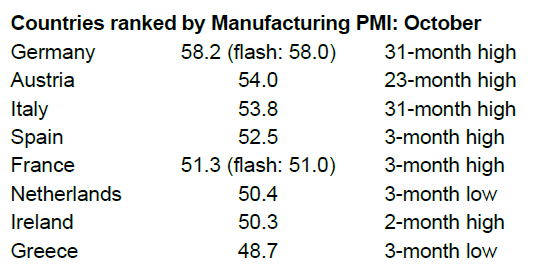
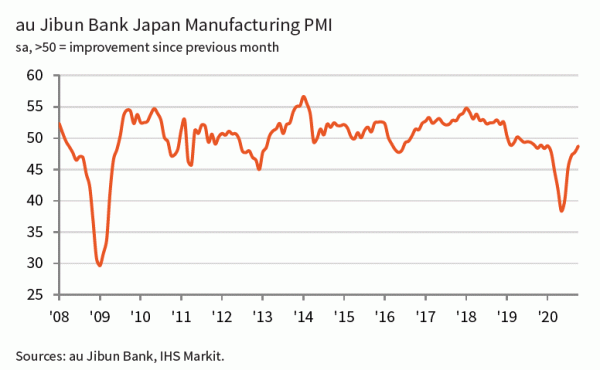
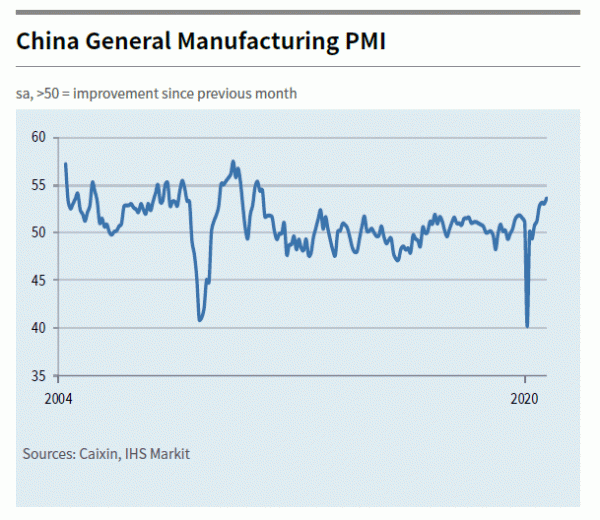
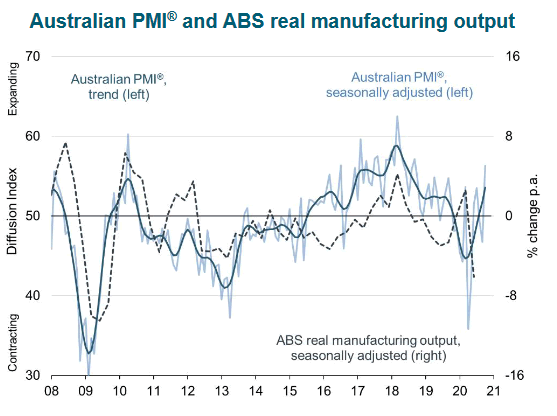
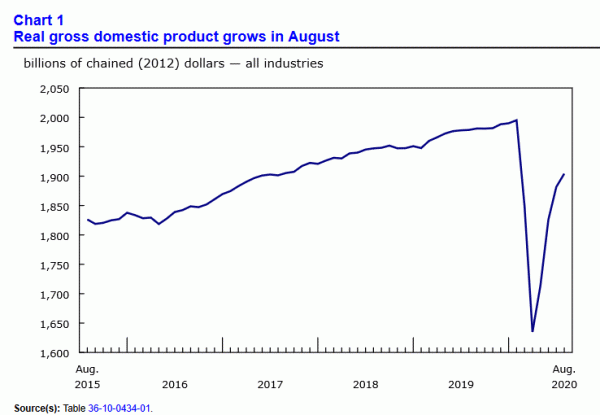
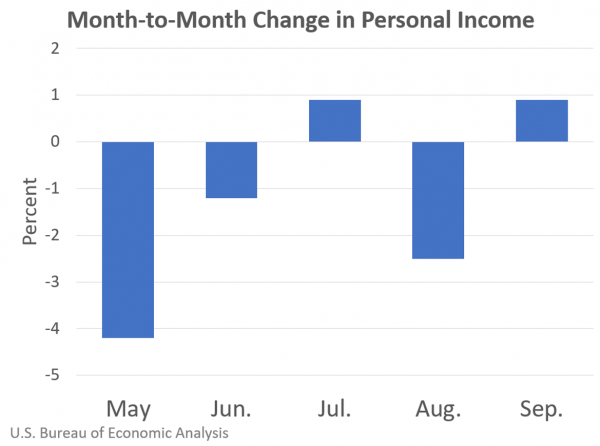
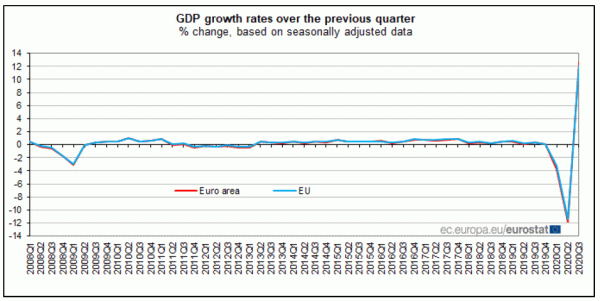
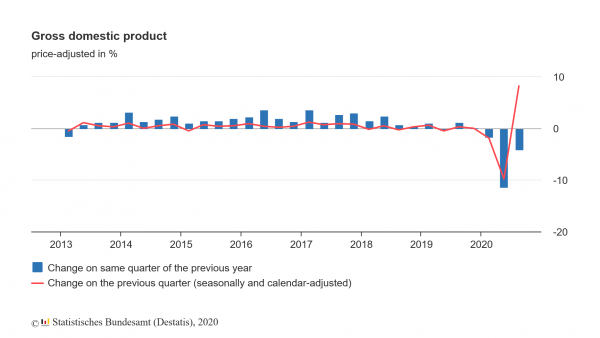
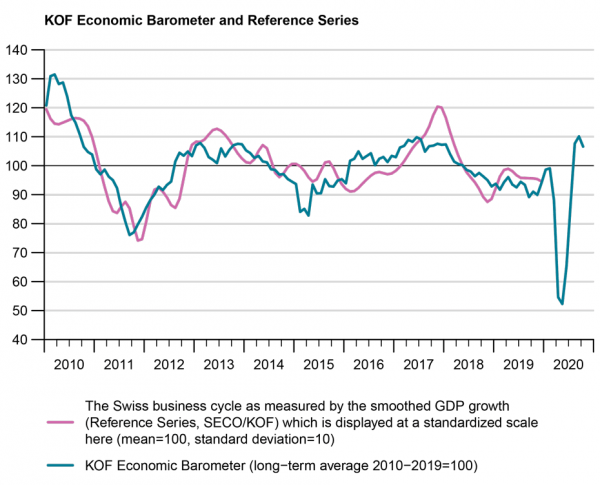
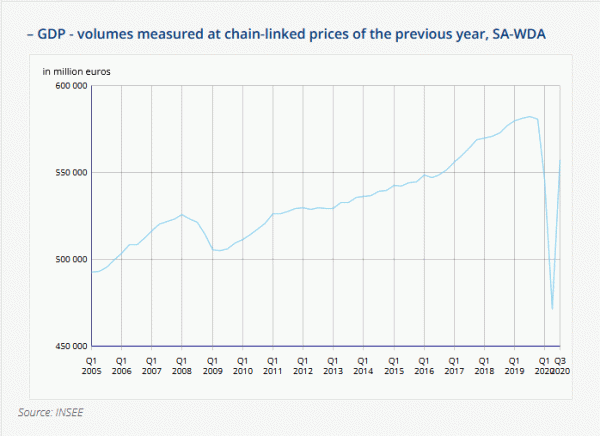


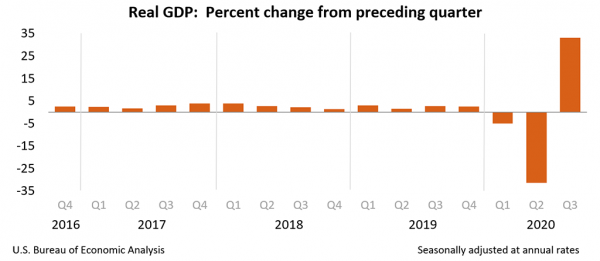
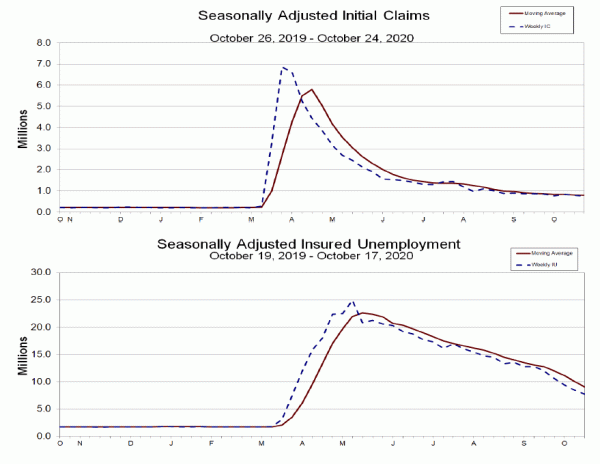
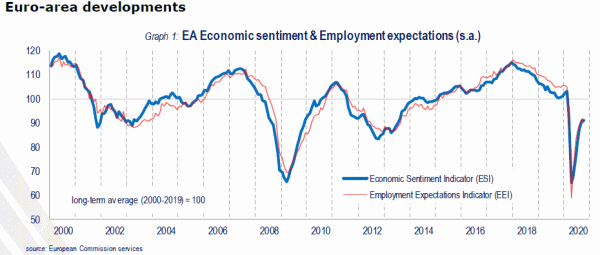
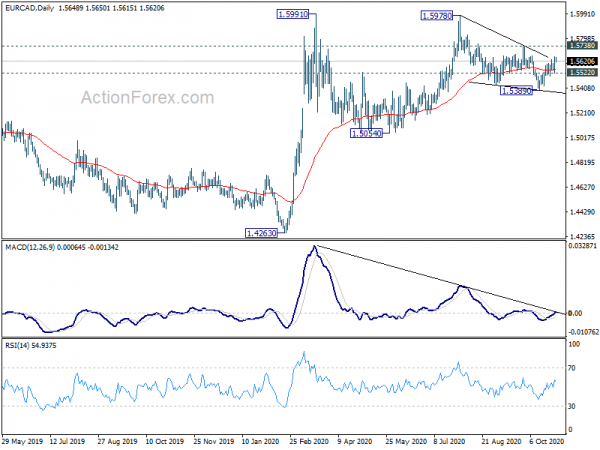
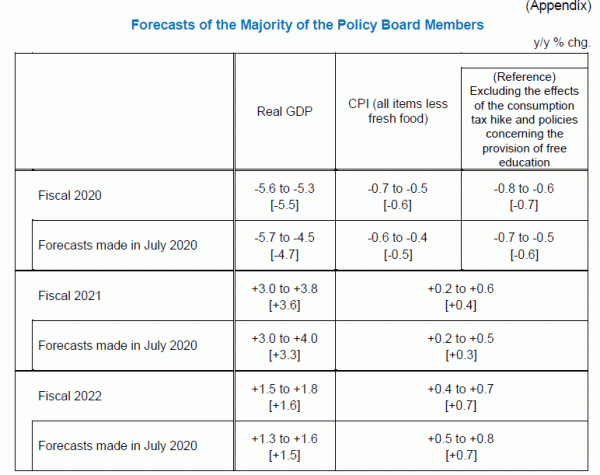

UK PMI manufacturing finalized at 53.7, pandemic restrictions, stimulus measures, Brexit anxieties fog the future
UK PMI Manufacturing was finalized at 53.7 in October, down from September’s 54.1. It’s nonetheless the fifth straight months of expansion reading. Markit said output and new order growth slowed while job losses mounted. But business optimism was at highest level since January 2018.
Rob Dobson, Director at IHS Markit: “October saw the UK manufacturing recovery continue, albeit with the upturn losing momentum amid ongoing lockdown measures and signs that growth could weaken further in coming months after Brexit-related stockpiling. The main drag was a fall back into contraction for the consumer goods industry… There was positive news on the export front… However, a significant contribution to the improvement in exports came from a temporary boost of Brexit stock building by EU clients.
“The outlook for the remainder of the year has therefore become increasingly uncertain, with risks tilted to the downside. While most companies maintain a positive outlook, with three-fifths of manufacturers expecting output to rise over the coming year, concerns about near-term risks posed by the pandemic, changes to COVID restrictions and related stimulus measures, plus Brexit anxieties, continue to fog the future.”
Full release here.